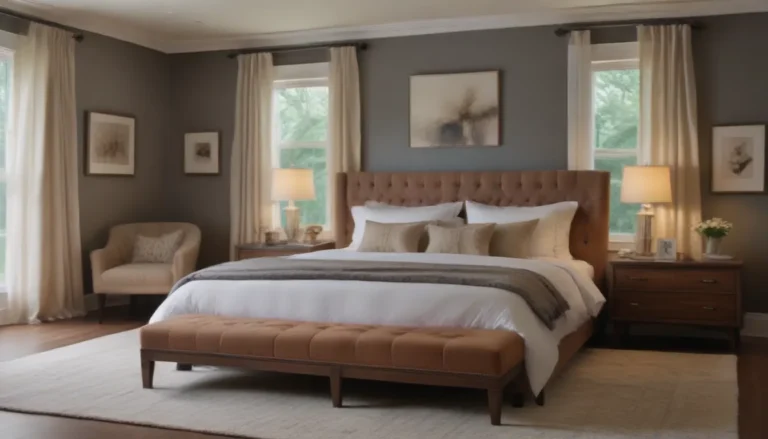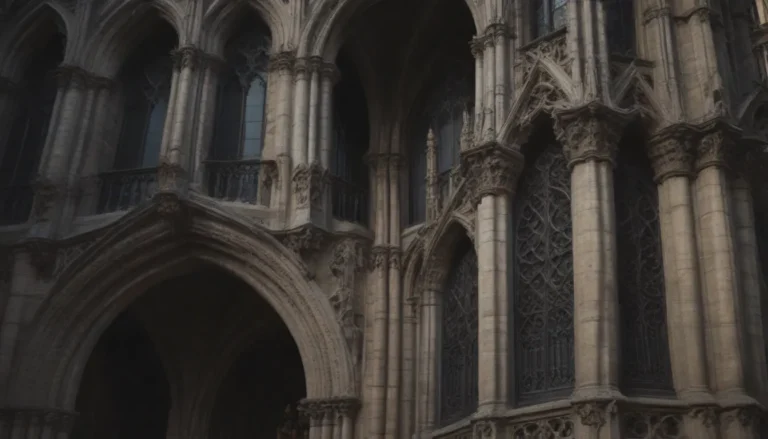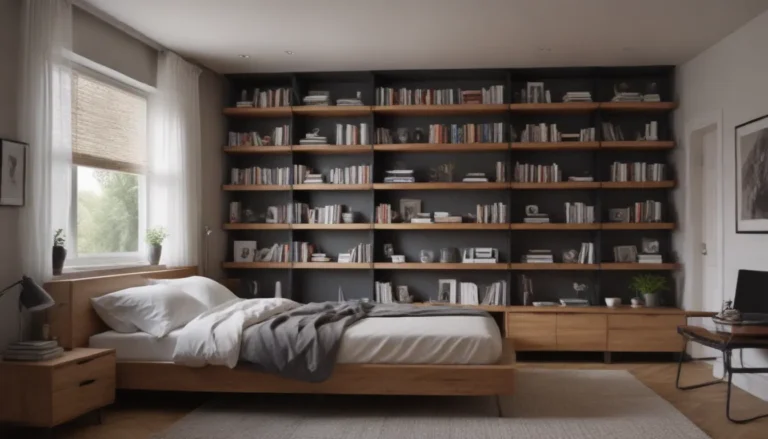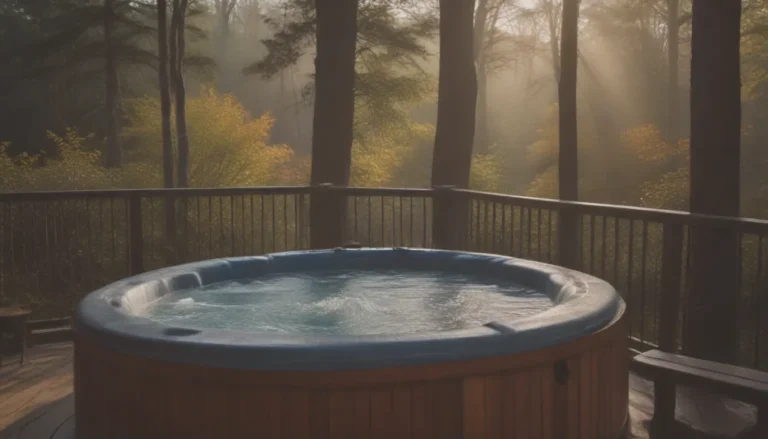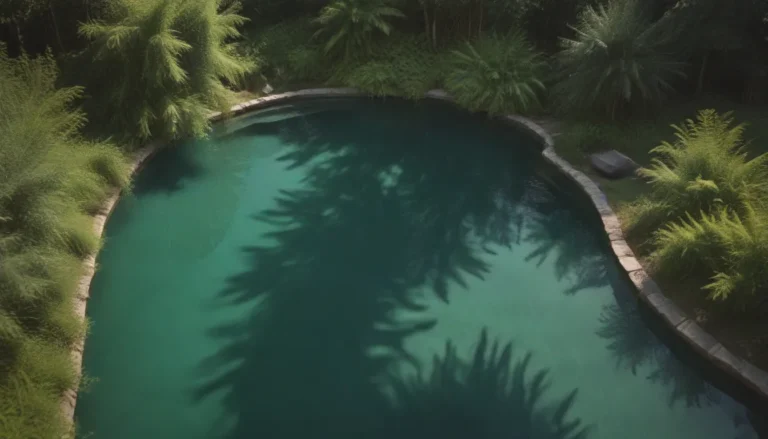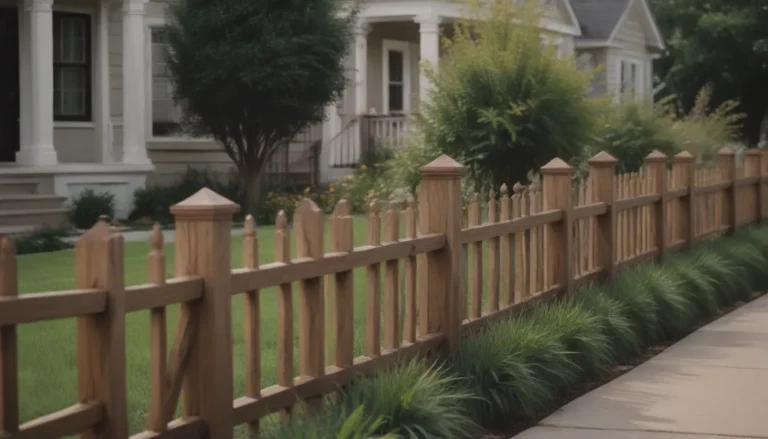Unveiling the Beauty of Scandinavian Architecture
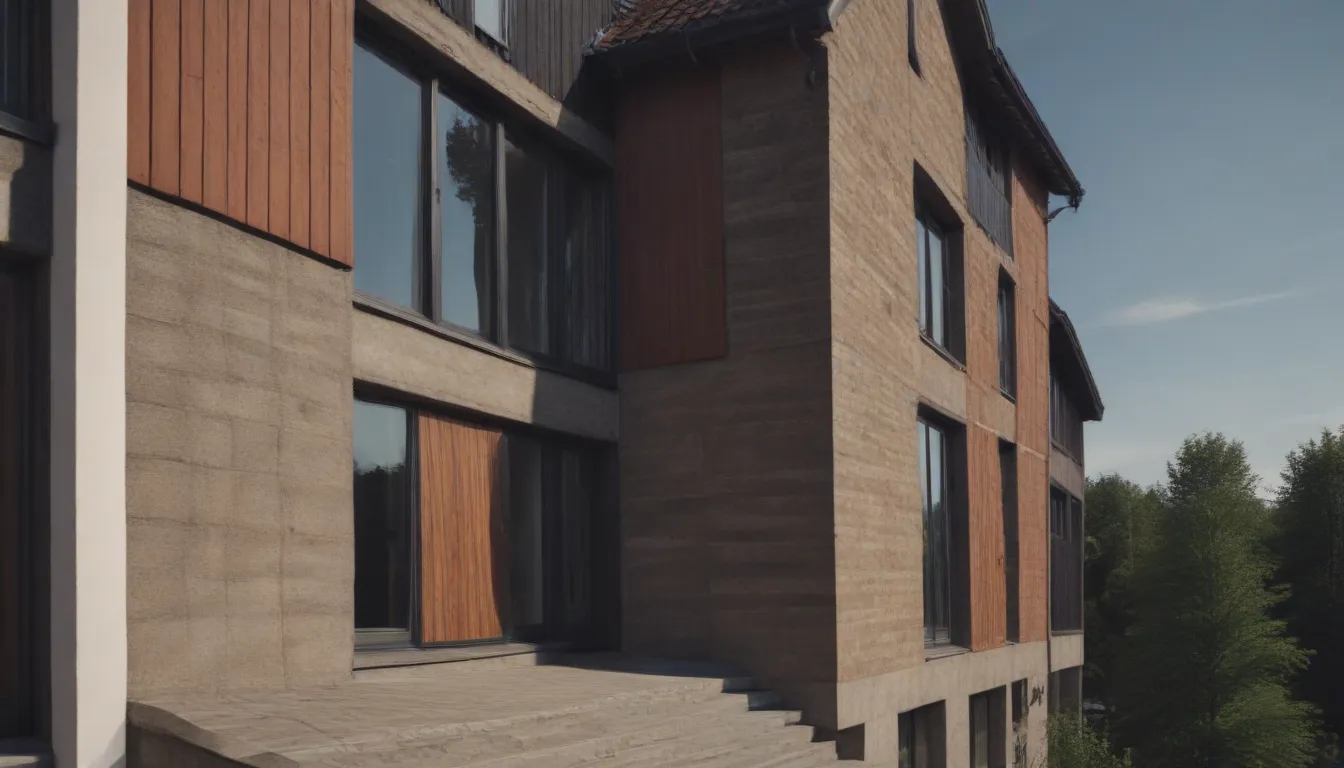
If you have ever been intrigued by the simplistic yet elegant designs of Scandinavian architecture, you are not alone. This relatively new style of architecture has gained immense popularity in the last century, captivating the hearts of many with its blend of modernity and tradition. In this in-depth article, we will unravel the essence of Scandinavian architecture, exploring its history, design characteristics, and how you can incorporate this style into your own home.
A Glimpse into Scandinavian Architecture History
Traditional and Medieval Architectur
The roots of Scandinavian architecture trace back to traditional and medieval structures that were either influenced by European styles or purely vernacular in nature. Before the early 20th century, buildings in Scandinavia were built using locally sourced materials and craftsmanship, focusing on functionality rather than aesthetic appeal. For example, turf houses in Iceland showcased sustainable insulation through their green roofs, highlighting the ingenuity of vernacular builders.
The Rise of Modern Architecture
The evolution of Scandinavian architecture into a modern-day marvel began with the introduction of Functionalism in the 1930s. This architectural movement emphasized minimalistic designs that catered to the human condition, aiming to enhance the well-being of individuals and nature. Buildings like the Paimio Sanatorium exemplified this approach by prioritizing quality air and light for tuberculosis patients, setting the stage for a new era of architectural innovation.
Key Features of Scandinavian Design
If you are keen to distinguish Scandinavian architecture from other styles, keep an eye out for these defining characteristics:
- Minimalism: Embracing simplicity and clean lines
- Natural light: Maximizing sunlight to create a warm ambiance
- Neutral color scheme: Utilizing soft hues for a calming effect
- Comforting decor: Incorporating cozy furnishings for a homely feel
- Textures: Adding depth and visual interest through varied textures
- Natural materials: Using wood, stone, and other organic elements
- Energy-efficient home design: Focusing on sustainability and eco-friendliness
- Odd shapes: Embracing unconventional forms for artistic expression
- Buildings work with nature: Harmonizing architecture with the environment
Infusing Scandinavian Design into Your Home
Whether you are a fan of Scandinavian architecture or simply appreciate its charm, incorporating elements of this style into your own living space can add a touch of elegance and serenity. Here are a few tips to help you achieve a Scandinavian-inspired home:
- Paint your walls with a soft shade of off-white to create a serene backdrop.
- Declutter your space and opt for modern furnishings that exude comfort and sophistication.
- Add neutral blankets, textured throw pillows, candles, and other simple accents for a cozy atmosphere.
- Embrace the simplicity and warmth of Scandinavian design to craft a space that radiates tranquility and style.
Exploring Famous Scandinavian Architecture
In addition to residential design, Scandinavian architecture boasts a plethora of iconic structures that showcase the beauty and functionality of this style. Some renowned examples include:
- The Sydney Opera House in Australia
- The Guggenheim Museum in New York City
- The Turning Torso building in Sweden
- The Harpa Concert Hall in Iceland
Captivating Examples of Scandinavian Architecture
To give you a visual feast of Scandinavian design principles, here are some inspiring interiors that epitomize the essence of this style:
- A Living Room With Abundant Natural Light: Picture windows and minimalistic decor create a bright and airy space.
- A Bathroom With Bright Walls: Clean lines and light colors give a sense of freshness and cleanliness.
- Accents Made of Natural Materials: Wooden furniture and earthy tones bring a touch of the outdoors inside.
- Scandinavian Farmhouse-Style Dining Room: Simple yet sophisticated, this dining area epitomizes Scandinavian charm.
- Comfortable Textures Achieved With Throw Pillows: Plush pillows and soft furnishings enhance the cozy appeal of the room.
In conclusion, Scandinavian architecture is a harmonious blend of tradition, modernity, and nature, creating spaces that are both functional and aesthetically pleasing. By incorporating elements of this style into your home, you can transform your living space into a sanctuary of comfort and elegance. So why not infuse a touch of Scandinavian charm into your surroundings and experience the timeless beauty of this architectural masterpiece?
